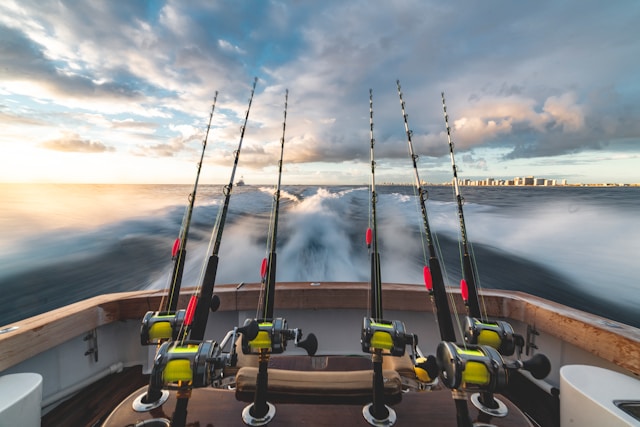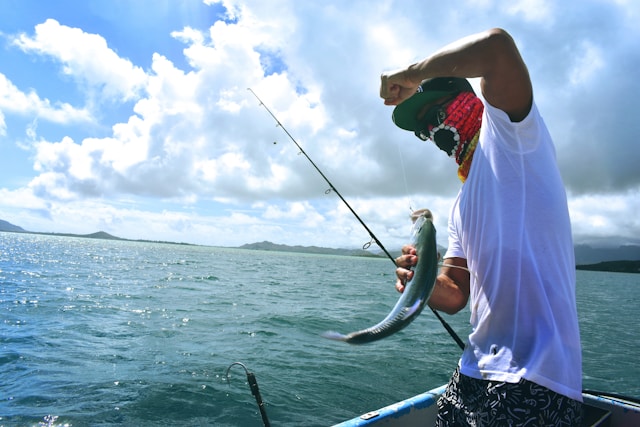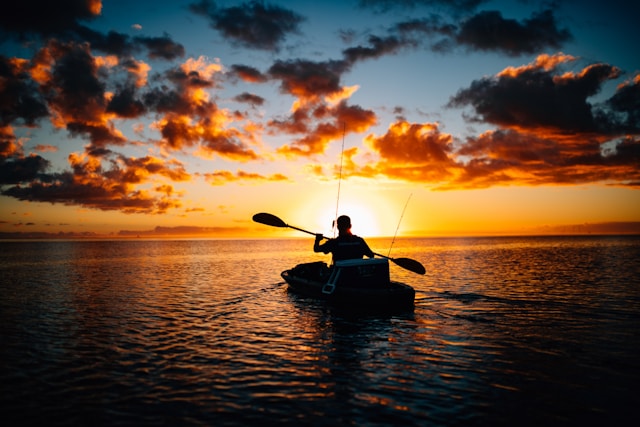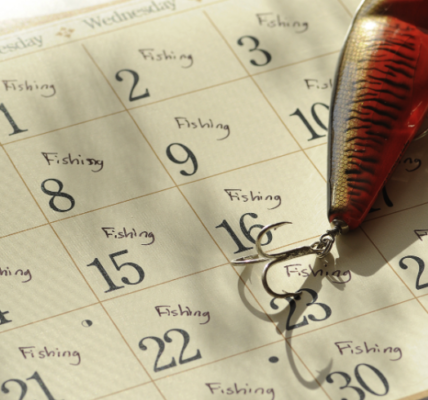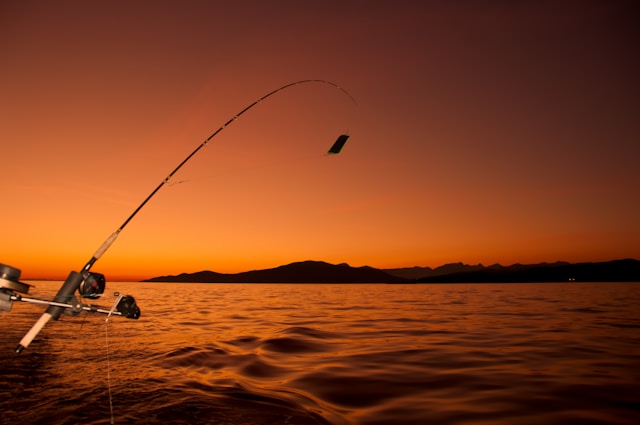Fly fishing is a timeless angling tradition that combines artistry, skill, and patience. While it may seem intimidating to newcomers, with the right guidance and practice, anyone can learn to master the art of fly fishing. In this beginner’s guide, we’ll cover the essential tips and techniques to help you get started on your fly fishing journey.
Understanding the Basics:
Before diving into the waters, it’s important to understand the basic components of fly fishing equipment. A typical fly fishing setup includes a fly rod, reel, fly line, leader, and flies. Fly rods vary in length and weight, with lighter rods suitable for small streams and heavier rods designed for larger bodies of water and bigger fish.
Mastering the Cast:
The foundation of fly fishing lies in the casting technique. Unlike traditional fishing, where the weight of the lure carries the line, fly fishing relies on the weight of the fly line to deliver the fly to the target. The basic fly casting stroke involves smoothly accelerating the rod backward, pausing momentarily, and then accelerating it forward, allowing the line to roll out in front of you. Practice your casting technique on open water or a grassy area before hitting the river to build confidence and accuracy.
Matching the Hatch:
One of the keys to successful fly fishing is presenting the right fly to the fish. Insects play a significant role in a fish’s diet, so it’s essential to “match the hatch” by selecting flies that imitate the insects present in the water. Pay attention to the insects buzzing around the water’s surface and use flies that mimic their size, shape, and color. Common fly patterns include dry flies, nymphs, streamers, and emergers, each designed to imitate different stages of aquatic insects.

Reading the Water:
To maximize your chances of hooking a fish, it’s crucial to understand the behavior and habitat preferences of your target species. Fish are often found in specific areas of the water, such as riffles, runs, pools, and eddies, where they can find food and shelter. Learn to “read” the water by observing currents, structure, and underwater features to identify potential feeding lies and casting targets.
Practicing Patience:
Patience is perhaps the most important virtue in fly fishing. It takes time and practice to develop the skills necessary to consistently catch fish on the fly. Be prepared for moments of frustration and setbacks, but remember that each cast is an opportunity to improve and learn from your mistakes. Stay focused, observe the water, and enjoy the peaceful surroundings as you hone your craft.
Seeking Guidance:
For beginners, seeking guidance from experienced anglers or professional instructors can greatly accelerate the learning process. Consider taking a fly fishing class or hiring a guide for a day on the water to receive personalized instruction and feedback. Many fly shops also offer casting clinics and educational resources to help novice anglers get started on the right foot.
Conclusion:
Fly fishing is more than just a sport – it’s a lifelong pursuit that fosters a deep connection with nature and the thrill of the chase. By mastering the basic techniques outlined in this guide and embracing the challenges and rewards of the sport, you’ll embark on a journey of discovery and adventure that will last a lifetime.

